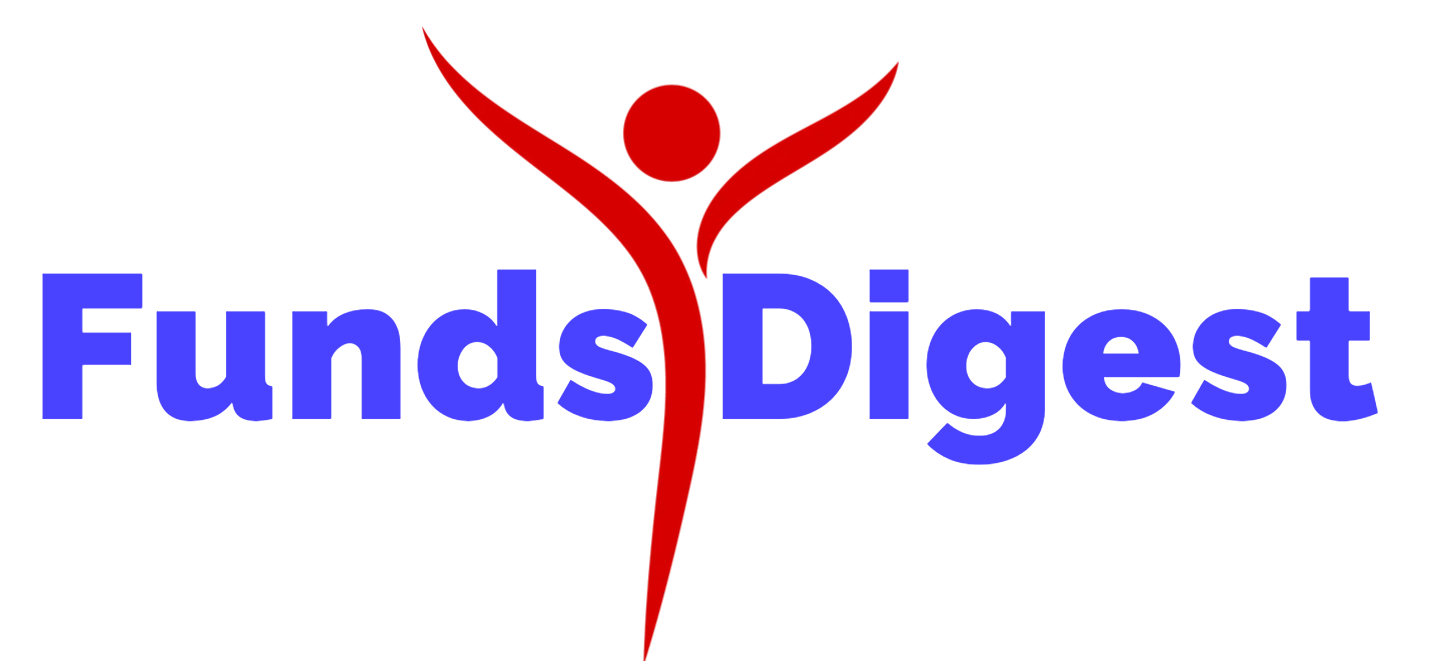
As universities began directly paying athletes on Tuesday as part of the House v. NCAA settlement, increased scholarships and revenue opportunities will become the norm under the landmark NIL ruling.
Former USF Athletic Director Michael Kelly told The Oracle that the settlement also paves the way for another opportunity for USF to be invited to a power conference.
Per the settlement’s ruling on June 6, universities are now allowed to pay athletes directly. It includes a multitude of guidelines for revenue sharing, including a spending ceiling of $20.5 million.
The American Athletic Conference, of which USF is a member, is the only conference to implement a revenue-sharing floor. Each school, except for Navy and Army, must allocate $10 million in athlete compensation through 2028.
With the increase in scholarships, per Kelly, the settlement could also pave the way for USF toward an opportunity to join a major athletic conference.
Related: Kelly says USF will be an ‘aggressive’ House v. NCAA settlement adopter
USF finds itself in the Group of 5 conference. G5 schools are smaller athletics schools, typically with less funding than Power 4 schools.
“You can see a huge wave of momentum going in the direction of being much more like a Power 4 than not,” Kelly said.
Kelly cited USF’s strong athletic performances in track and field over the years, as well as its introduction to the Association of American Universities in 2023.
USF men’s track and field brought home their second straight conference title in 2025. The Bulls also brought home an individual national title for the 4×400-meter relay.
A conference like the Big 12 generates an average of $77 million in revenue per school, per year. In contrast, the AAC — in which USF resides — averages just $13 million of revenue per school, according to the NCAA.
Still, USF generates over $20 million in revenue, placing it only second in the AAC behind Memphis.
Kelly said he believes that Power 4 conferences will look at revenue when realignment comes to the table.
But USF has received the call before. Just last year, the Bulls turned down an opportunity to join the PAC-12, a power conference, and reaffirmed their commitment to the AAC.
“Over the next four or five years, there’s going to be a lot of looking in on who’s making the investments,” Kelly said.
Related: USF men’s basketball rounds up roster with latest commits
Yet, the settlement doesn’t just give USF a leg up in realignment talks. Almost every single NCAA sport, men’s and women’s, will see an increase in the number of allowed scholarships.
For a sport like track and field, the old limit sat at 12.6 scholarships allowed per school. Now, the NCAA permits schools to grant up to 62, according to the NCAA.
“It’s over 100 new scholarships that are going to USF student athletes that didn’t exist before,” Kelly said.
While other universities, such as Washington State, have consolidated their Olympic sports because of the change, Kelly affirmed that no sports would be dissolved at USF.
But with the new settlement, Kelly said that paying international athletes could be tricky.
As the scholarship limits increase, international athletes have a greater chance to be on an even playing field in terms of compensation, even if they can’t directly receive pay, Kelly said.
“Even if they’re not eligible for revenue sharing, giving [the program] a deeper part of the roster to be able to support either full scholarships or greater percentage scholarships makes them much more competitive.”
As USF navigates uncharted territory, Kelly said the Bulls are in good hands when it comes to dealing with change as it arises in the future.
“If things change in the next couple of months, USF will be really well equipped because of the structure we have in place,” Kelly said.
In his first year at USF, baseball head coach Mitch Hannahs brought an old-school approach to the program. He stayed off social media and had minimal interactions with fans, except during press conferences and games. And toward the end of the season, Hannahs began to decline interviews with The Oracle — both for himself and […]
Corey Staniscia didn’t need a court ruling to see where college sports were headed. Long before a federal judge approved the House v. NCAA settlement on June 6, Staniscia saw what was coming — a future where schools, not just collectives, could pay athletes directly. So, as the CEO and co-founder of the Fowler Avenue […]
For Mathis Haugen, a USF international student-athlete from Norway, his journey started with a leap of faith. Haugen said he planned to take a gap year after high school and then apply to college. But when USF recruited him in fall 2021, everything changed. Now a senior, the men’s soccer defender had never visited the […]
USF men’s basketball officially has a full house, finalizing its revamped roster with all 15 scholarship spots now filled. New head coach Bryan Hodgson has wasted no time building a new roster. After Hodgson was hired in March, he began his tenure by securing three high school recruits and five players out of the transfer […]
In the summertime, while some USF students are having fun in the sun, athletes don’t stop their training. USF beach volleyball players Morgan Anderson and Sasha Pasloski know all too well what goes into a Division I athlete’s summer routine. Although the Bulls won’t play their inaugural season until the spring, they have been preparing […]
As the House v. NCAA settlement reshapes the financial architecture of college sports, outgoing USF athletic director Michael Kelly said the university plans to be among its “most aggressive” adopters. The settlement, finalized on June 6, allows schools to directly pay athletes for the first time, with a national cap set at $20.5 million per […]
The Oracle is USF’s editorially independent student newspaper and needs support from readers like you.

Recent Comments